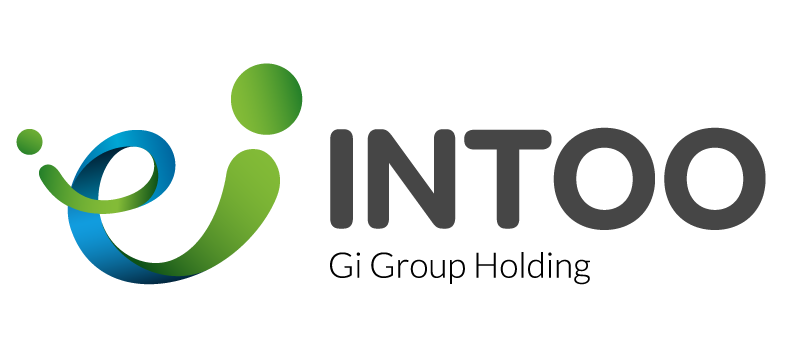What Is Employee Clearance?
Employee clearance refers to the process of formally separating an employee from an organization, typically when they resign, retire, or are terminated. It involves ensuring that departing employees return all company property, complete pending tasks, hand over responsibilities to others, and receive any owed compensation or benefits. It may also involve revoking access to company systems and premises to protect sensitive information and assets. Effective clearance procedures help maintain security, continuity of operations, and legal compliance while also ensuring a smooth transition for both the departing employee and the organization. It’s crucial for managers to oversee this process to minimize potential risks and ensure a professional exit for the employee.
Why Is Having an Employee Clearance System Important?
An employee clearance system is important for several reasons, offering benefits for both employers and departing employees:
- Efficiency & Streamlining: A structured system ensures a smooth and organized exit process. It lays out clear steps for both HR and employees, avoiding confusion or delays in finalizing paperwork or returning company property.
- Reduced Risk & Compliance: A well-defined system helps companies track and verify the completion of all necessary steps. This minimizes the risk of legal issues, ensuring you’ve met all your obligations regarding final payments, benefits, and data security.
- Improved Data Management: A clearance system can help centralize and track employee exit data. This allows for better record-keeping and can provide valuable insights for future improvements to the process.
- Positive Departures: A clear and efficient system can provide a more positive separation experience for departing employees. Knowing exactly what to expect and having a streamlined process can foster feelings of respect and professionalism.
What Steps Are Typically Included in the Employee Clearance Process?
An employee clearance process is a structured approach to ensure a smooth, secure, and compliant separation when an employee exits the organization. The following steps are typically included:
-
Exit Interview: A formal conversation to gather feedback, understand the reasons for departure, and provide closure and final guidance.
-
Return of Company Assets: Collection of all company property, such as laptops, ID badges, mobile devices, uniforms, credit cards, and tools.
-
Access Revocation: Deactivation of email accounts, internal systems, cloud platforms, software licenses, and physical access (e.g., keycards or facility credentials).
-
Knowledge Transfer: Coordination of the handover of key responsibilities, active projects, and institutional knowledge to remaining team members.
-
Final Settlements: Issuance of the final paycheck, reimbursement of expenses, payment for accrued PTO, and facilitation of any applicable benefits such as COBRA.
-
Documentation and Sign-Offs: Completion of official paperwork including resignation acknowledgment, nondisclosure reaffirmation, and clearance checklists, with approvals from HR, IT, Security, and Finance.
A well-executed clearance checklist ensures no step is missed, minimizes risk, and promotes a professional, respectful exit for all parties involved.
Best Practices for Managing Employee Clearance
To maximize efficiency and mitigate potential risks, organizations should adopt the following best practices as part of their employee clearance strategy:
-
Develop a Formal Policy: Create a documented clearance policy that outlines roles, responsibilities, and timelines. Make it easily accessible to both managers and staff.
-
Use a Centralized Checklist: Maintain a standardized, cross-departmental checklist to monitor each stage of the exit process across HR, IT, Facilities, Security, and Finance.
-
Ensure Legal Compliance: Align clearance procedures with relevant employment laws, including requirements around final wages, benefits, and data handling.
-
Protect Data and Systems: Prioritize cybersecurity by promptly revoking system access and securely retrieving devices or sensitive materials.
-
Uphold Professionalism: Whether the departure is voluntary or involuntary, ensure the process remains respectful, dignified, and confidential, leaving the door open for future alumni engagement or rehire.
By proactively managing the clearance process, companies preserve operational integrity, strengthen their employer brand, and uphold compliance and accountability standards.




